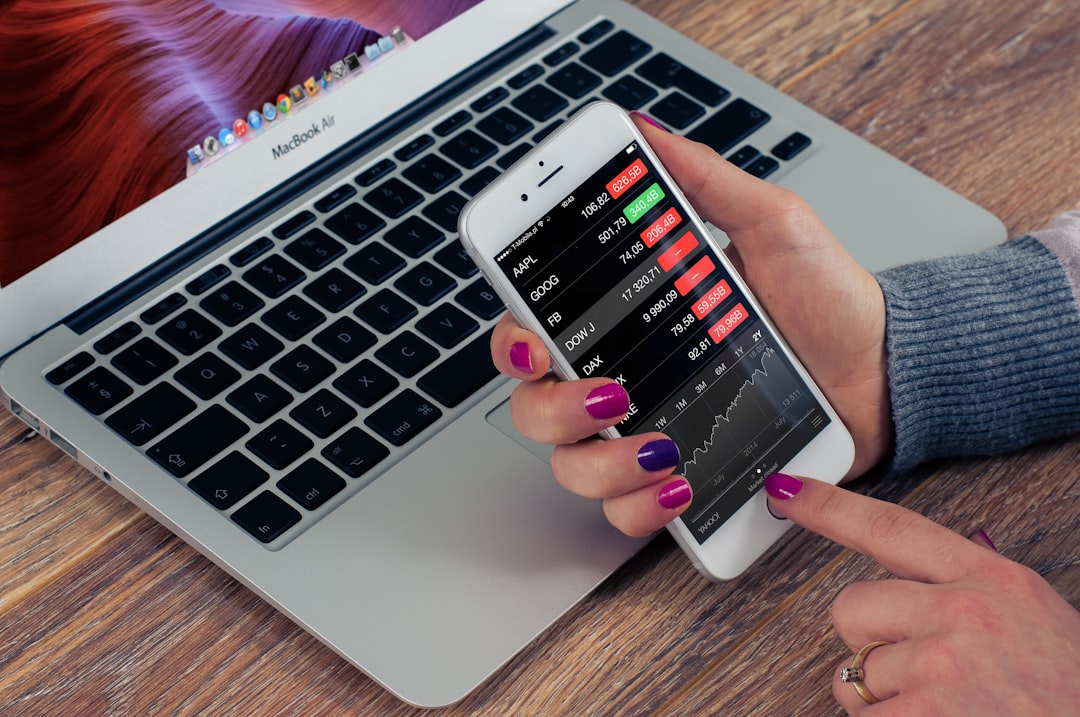
Intelligent Trade Finance- The road ahead
- Track and trace for perishable goods. National Bank of Dubai (NBD) executed a blockchain trade transaction that tracked a shipment of fruit from India to the Middle East, monitored by sensor-enabled devices. The bank issued a letter of credit to Santander, while Aramex, a logistics firm, shipped the goods. Smart contracts were executed on the distributed ledger, leveraging sensor data to confirm contractual obligations using IBM’s artificial intelligence platform.
- Commerzbank – everything-as-a-service. Commerzbank’s prototype for a new “pay-per-use” loan for capital equipment taps into IoT to adjust repayment terms based on usage of the machinery on which the loan was used to finance. The bank says the ability of machines to communicate and post production data and capacity constraints over the internet is creating new business lending models, such as pay-per-use, pay-per-part, and equipment-as-a-service. Commerzbank’s big data and analytics division developed the platform in conjunction with networked machine tool manufacturer Emag and car parts supplier KMB Technologies.
- IoT triggered payments. Skuchain has built a blockchain-based platform, EC3 which comprises Popcodes to track the flow of goods with the help of IoT such as QR Codes, bar codes, sensors and RFID tags. Commonwealth Bank of Australia (CBA), Wells Fargo, and their joint customer, Brighann Cotton, were the first to execute a global trade transaction between banks combining blockchain, smart contracts, and IoT. The transaction involved a shipment of cotton from the US to China which was monitored on Skuchain’s system. The trade included a physical supply chain trigger (from IoT) to confirm the geographic location of goods in transit, before releasing the payment.
As the CBA/Wells Fargo example above shows us, there is an opportunity to combine blockchain, smart contracts, and IoT to trigger supply chain finance solutions and streamline overall supply chain management.
Celent’s recent trends report (Top Trends in Corporate Banking 2018-19) supports this: IoT has vast potential for supply chain management. From the supplier to the customer, from components to the finished product, and from the factory to the warehouse, the supply chain is the backbone controlling the flow of processes and data. And the physical and financial supply chains are tightly linked, with the use of letters of credit, pre-shipment finance, invoice factoring, and receivables financing happening along the way.
In the future, trade will increasingly be orchestrated on end-to-end, digitalized and blockchain enabled networks. To reap the rewards and capture the potential of intelligent trade services banks are exploring how an open platform that can integrate with the future networks of digital trade, underpinned by comprehensive back office trade automation can support their transformation.
In a world of intelligent trade services, the smartest banks will win.
